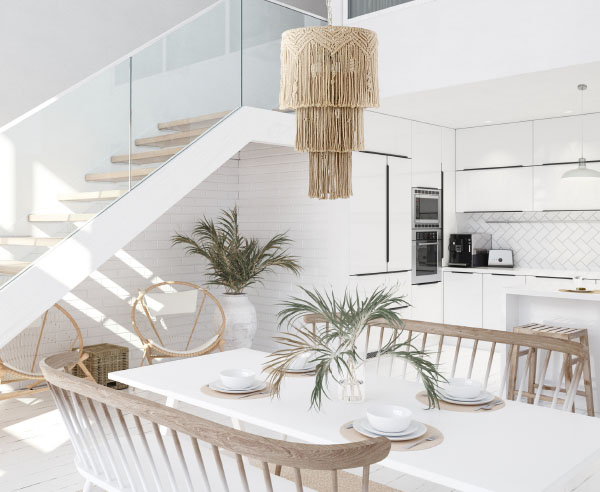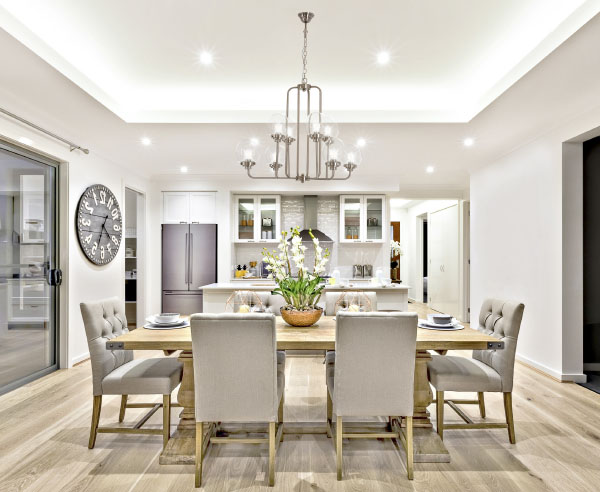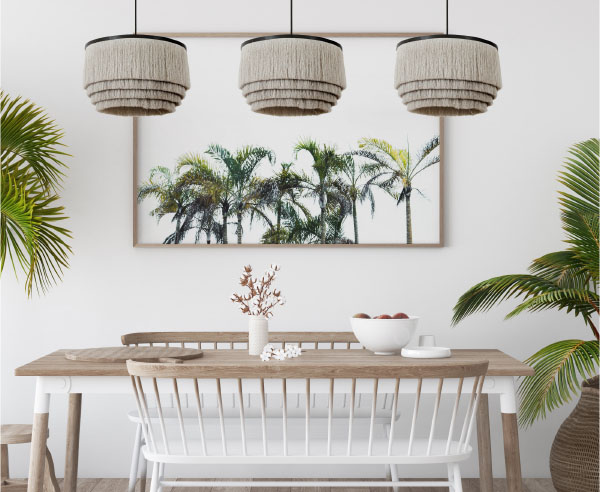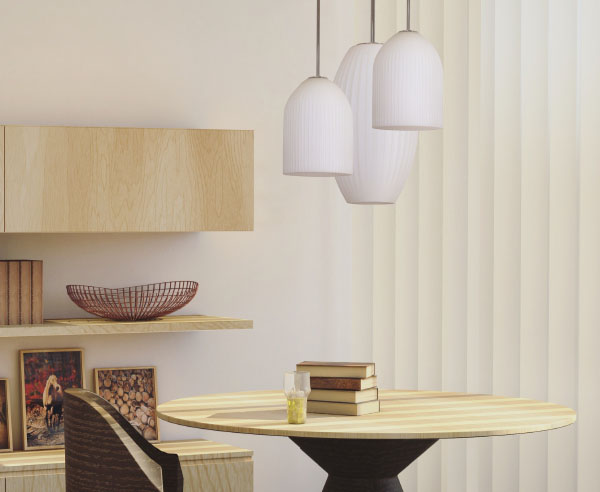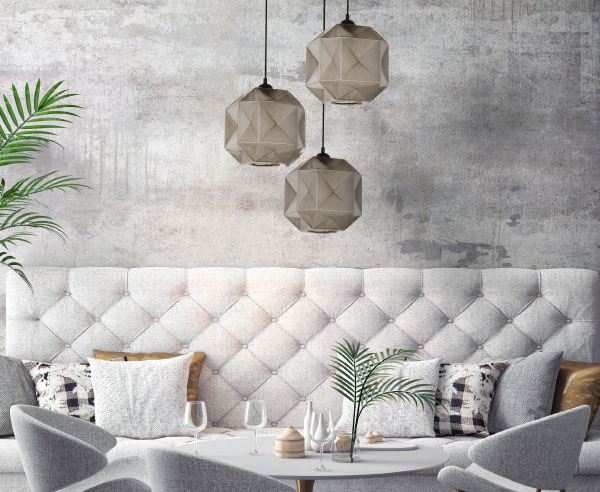 Click & Collect
Shop Online & Collect in-store
Click & Collect
Shop Online & Collect in-store
 Free Shipping
on all online orders (only) in South Africa
Free Shipping
on all online orders (only) in South Africa
 30 Day Free Returns
on all online items, hassle-free
30 Day Free Returns
on all online items, hassle-free
DINING ROOM LIGHTING

DINING ROOM LIGHTING
Using the correct lighting in your dining room is crucial to creating an atmosphere around your table. When looking at your dining room your table will more than likely be cantered to your room making it your central focus point, therefore your lighting should be designed around your table complementing the décor design you have chosen for the space.
Accent Lighting
When hanging a pendant or a chandelier over your table be careful not to place them to high above the table as this will cause one feature to detract from another.
Your chandelier or pendants should be hung between 750mm to 900mm above your table allowing your two features to complement and enhance one another.
Small Dining Room Table:
Should you have a small dining room table, look at placing one large pendant or chandelier over your table. Going with a larger size fitting on its own will create the illusion that the space is larger, than what it is, called zoning. A large pendant focuses your eyes on the overall space rather than the size of the table. Dressing your table with your light is always a great idea as this allows your space to look complete even when it is not being used.
*Material may have been used from external sources in order to compile this article.
